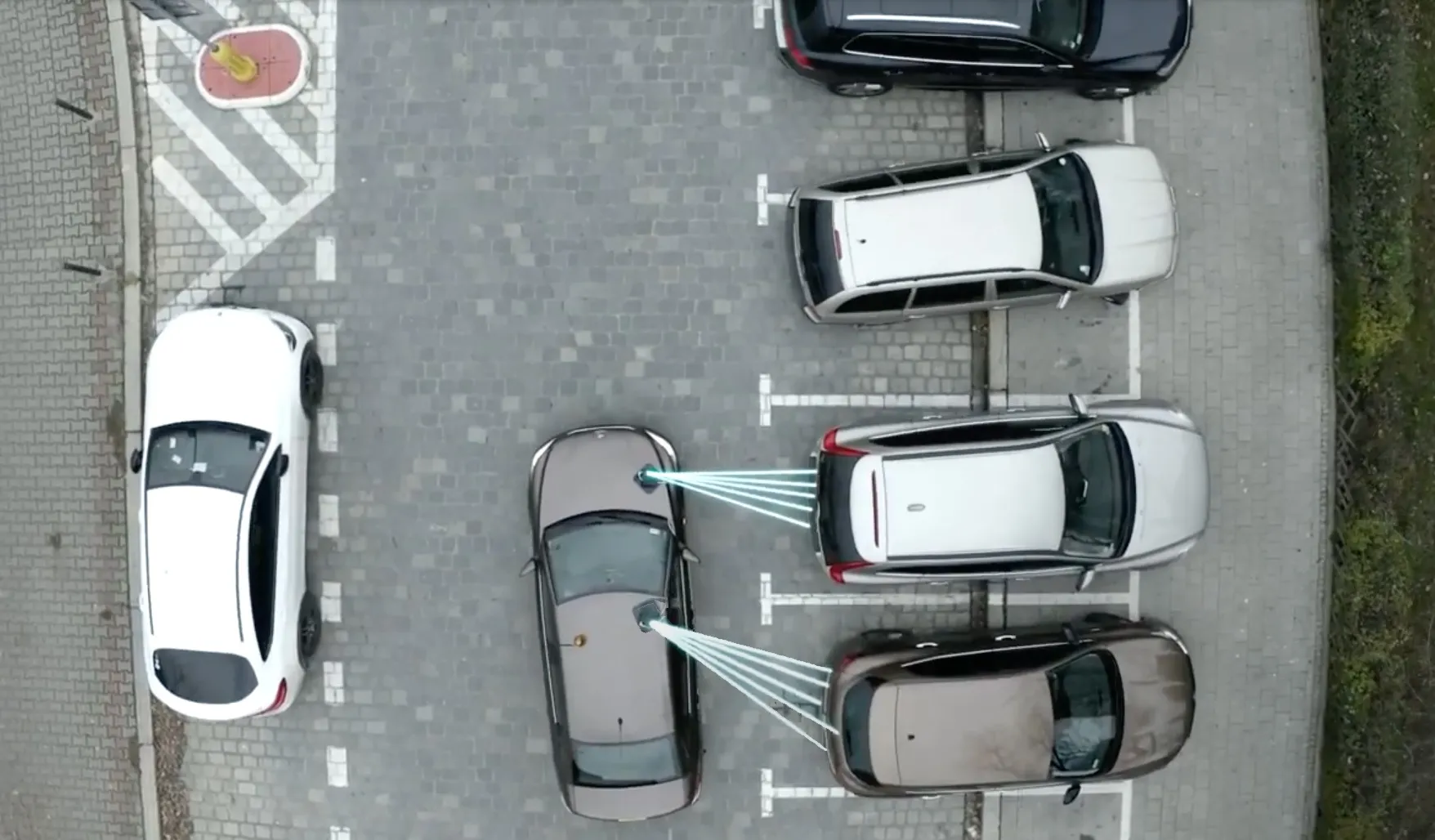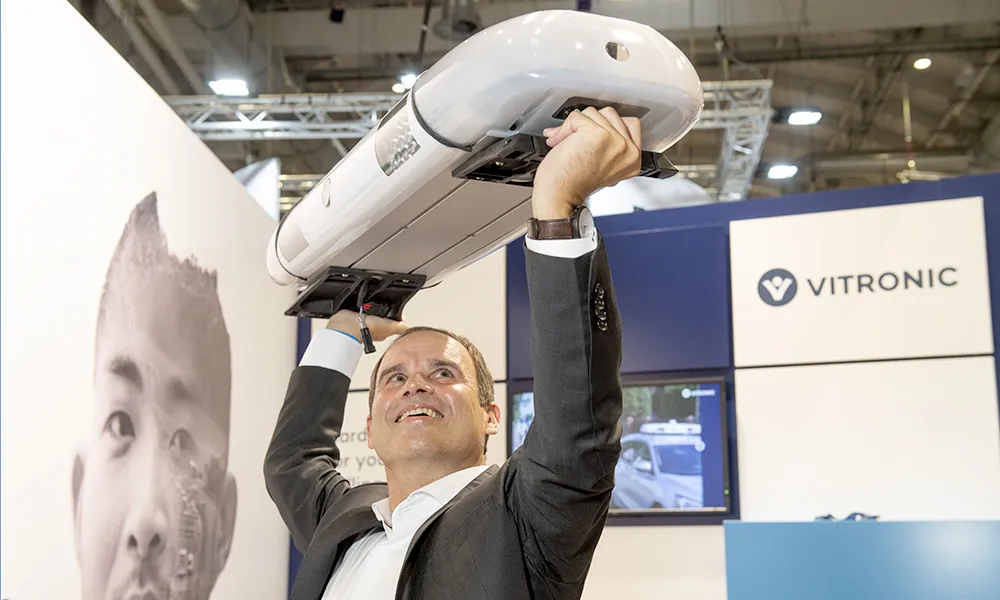
Tattile has unveiled an intelligent mobile parking enforcement solution.
The all-in-one mobile automatic number plate recognition (ANPR) system includes a monochrome mobile enforcement camera for licence plate reading as well as a colour camera to record infringements, which can be shared in an independent video stream.
Motorists who want to park can use an app to book and pay for a parking area for the time required, or pay directly at a meter; in each case they will enter their vehicle's registration number.
Date, time, licence plate and paid parking time are then sent to a centralised server.
Through a WiFi connection, this external database exchanges information in real time with connected mobile parking enforcement devices - typically tablets - which are connected to the mobile ANPR camera mounted on an enforcement vehicle.
The camera's embedded monitoring software performs automatic licence plate reading and checks with the database.
If a blacklisted vehicle with no paid or expired parking time is detected, an acoustic alarm is triggered, and the tablet display shows a photo cut-out of the licence plate.
Traffic wardens can search the parking area with the ANPR system for the relevant vehicle and issue a fine.
A high-grip magnet allows the camera to be mounted on, and removed from, a vehicle roof in less than two minutes, enabling it to be easily transferred between different vehicles.
Tattile says the system makes third-party back office integration straightforward and allows adaptions to be made by local authorities, such as sending parking violation information to an automated complaints processing centre.










